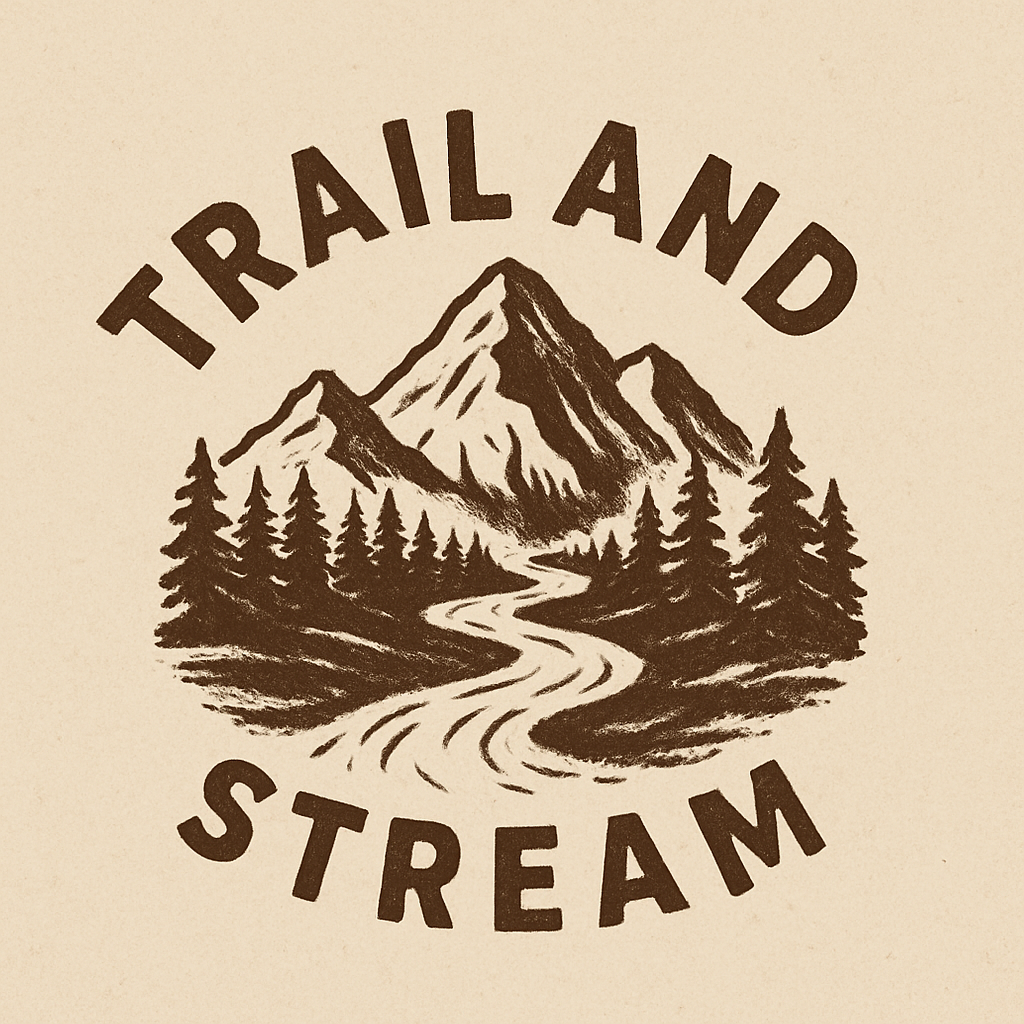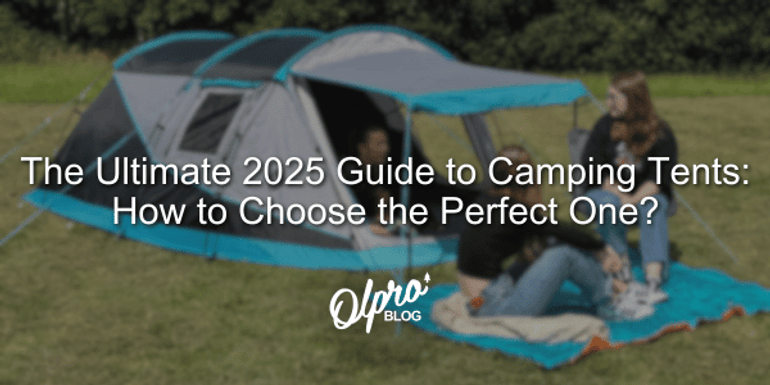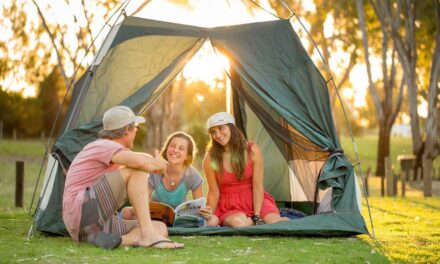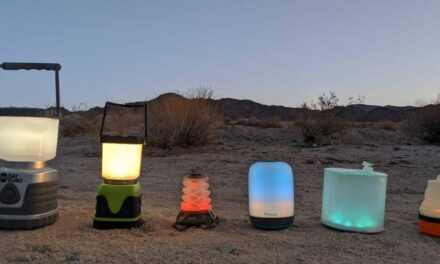The Ultimate Guide to the Best Tents for Camping: How to Pitch and Choose Your Gear
Estimated reading time: 9 minutes
Table of Contents
Key Takeaways
- Understanding tent types helps you select the right shelter based on camping style and needs.
- Choosing features like size, weight, weather resistance, and setup ease ensures comfort and safety.
- Proper pitching techniques are essential for stability, waterproofing, and efficiency.
- Tent versus tarp involves tradeoffs between protection, weight, and versatility.
- Essential gear for beginners includes waterproof tents, sleeping gear, lighting, and safety equipment.
How to Choose the Best Tents for Camping
Choosing the right tent is fundamental for a comfortable, safe, and enjoyable camping experience. With numerous options available, understanding key features and recent models will help you make an informed decision.
Tent Types for Every Camper
- Backpacking Tents: Designed for lightweight portability, ideal for hikers and long-distance campers. These tents prioritize minimal weight and packability. According to Switchback Travel, models such as the Zpacks Duplex are renowned for their ultralight design and durability.
- Family or Group Tents: Offer spacious interiors suitable for families or groups, often with multiple rooms and large vestibules. Experts at Outdoor Gear Lab recommend models like the North Face Wawona 6 for their robustness and interior space.
- Ultralight Tents: Ideal for minimalists and trekkers seeking the lightest options without sacrificing essential features. Recent model reviews, like those highlighted by Switchback Travel, feature tents like the Zpacks Duplex that excel in weight savings and performance.
Key Features to Consider
- Size and Capacity: Match the tent’s capacity with your group size plus gear. A 4-person tent may be tight for three adults with gear; choose accordingly.
- Weight: Critical for backpacking; lighter tents ease trek difficulty but often cost more.
- Weather Resistance: Look for waterproof fabrics, sealed seams, sturdy poles, and good ventilation. The Kelty Daydreamer 6 is excellent in this regard
- Setup Ease: Features like color-coded poles, quick clips, and intuitive instructions can simplify pitching, especially for beginners.
The Top Models of 2025
- The North Face Wawona 6: Offers spaciousness, weather resistance, and versatility for up to six campers—top choice for durability and comfort .
- REI Co-op Wonderland 6 & Base Camp 4: Known for quick setup, durability, and excellent ventilation.
- Kelty Daydreamer 6: Focused on simplicity and comfort, perfect for family camping or casual trips.
- Fast Setup Models: Models like the Zempire Evo TXL V2 Air are designed for rapid pitching, suitable for groups that need quick shelter, albeit often at a higher weight and price.
How to Pitch a Tent: Step-by-Step Guide
Properly pitching your tent ensures you stay dry, stable, and comfortable. Follow these steps for a quick and effective setup:
1. Prepare Your Site
Select a flat, well-drained site away from flood zones and falling branches. Clear the ground of rocks, sticks, or debris to prevent damage to the tent floor and ensure comfort. If possible, orient the tent door away from the wind or toward scenic views. According to REI, good site selection minimizes setup hassle and enhances your camping experience.
2. Lay Out the Tent
Unfold and position the tent body on the ground, aligning the door to your preferred direction.
3. Assemble and Attach Poles
Connect the pole sections fully, then thread them through sleeves or attach clips depending on your tent’s design. Ensure all connections are secure.
4. Raise the Tent
Insert pole ends into grommets or corner fixtures, then gently lift the tent to form its shape.
5. Stake and Secure
Drive stakes into the ground at each corner and along the guylines. Use guylines to tighten and stabilize the tent, especially in windy conditions. When stakes aren’t feasible, use rocks or supplemental weights. Adding a footprint or tarp underneath offers extra protection and prolongs your tent’s lifespan. Practicing at home can improve your speed and confidence:
6. Adjust for Conditions
In rocky terrain, opt for alternative stakes or weights. In rain, angle the tent for optimal drainage. Periodically reapply waterproof treatments such as seam sealer and DWR coatings to maintain waterproofing.
Camping Tarp vs Tent: Which Is Right for You?
Choosing the appropriate shelter depends on weather, convenience, and personal preference. Here’s a comparison:
| Feature | Tent | Tarp |
|---|---|---|
| Protection | Fully enclosed, insect-proof, weather-resistant | Open shelter, providing shade and rain protection but little bug protection |
| Weight | Heavier, usually 4–10+ pounds | Ultra-light, compact, ideal for packing |
| Versatility | Private sleeping area, full weather protection | Quick setup, flexible as sunshade or gear cover |
| Ideal For | Unpredictable weather, insects, privacy | Summery weather, quick shelter, emergency backup |
Use tents in cold, wet, or buggy conditions for full protection. Tarps are suitable for dry, warm weather or for minimalist trips. Combining both can enhance shelter options, especially in unpredictable weather:
Essential Camping Gear for Beginners
Having the right gear makes trips safer and more comfortable. Here’s a starter list:
- Waterproof tent with sealed seams and a rainfly
- Sleeping bag suited to expected temperatures
- Sleeping pad or air mattress for insulation and comfort
- Lighting: headlamp, lantern, or flashlight
- Dry bags, rain jackets, gear covers to protect your equipment
- Portable stove and utensils for cooking
- First-aid kit and navigation tools like map, compass, GPS
- Extra stakes, repair kits, and guylines for quick fixes
Proper preparation ensures smoother trips, especially for beginners.
Additional Tips for a Successful Camping Trip
- Reapply seam sealer and waterproof treatments regularly to maintain dryness.
- Distribute gear evenly in your pack, keep electronics in dry bags, and organize for quick access.
- Practice pitching your tent at home to build confidence and speed.
- Choose campsites with well-drained ground, natural windbreaks, and easy access for maximum comfort and safety.
- Consistently use tarps, footprints, and dry bags to protect your gear and extend its lifespan.
Additional outdoor tips and gear maintenance guidance can be found at Trail and Stream.
Conclusion
Selecting the best tents for camping and mastering proper pitching techniques are vital to elevating your outdoor adventures. Understanding different tent types, key features, and practicing setup procedures will prepare you for any camping trip—from quick weekend escapes to challenging backcountry expeditions.
Invest in quality waterproof gear, tailor your shelter choices to weather conditions, and plan ahead for success. As of 2025, models like The North Face Wawona 6 and REI Wonderland 6 set the standard for durability, comfort, and ease of use.
Equip yourself with knowledge and confidence to enjoy safe, memorable outdoor experiences every time. Happy camping!
Next Steps
- Choose your ideal tent based on your trip needs.
- Practice pitching your tent at home.
- Pack essential waterproof gear for your upcoming adventure.
- Research local campsites and plan your excursions.
Stay updated and find more expert tips at trusted gear reviews and outdoor resources linked throughout this article.
References
- Outdoor Gear Lab
- REI Expert Advice
- CleverHiker
- Switchback Travel
- The Equipment Guide





